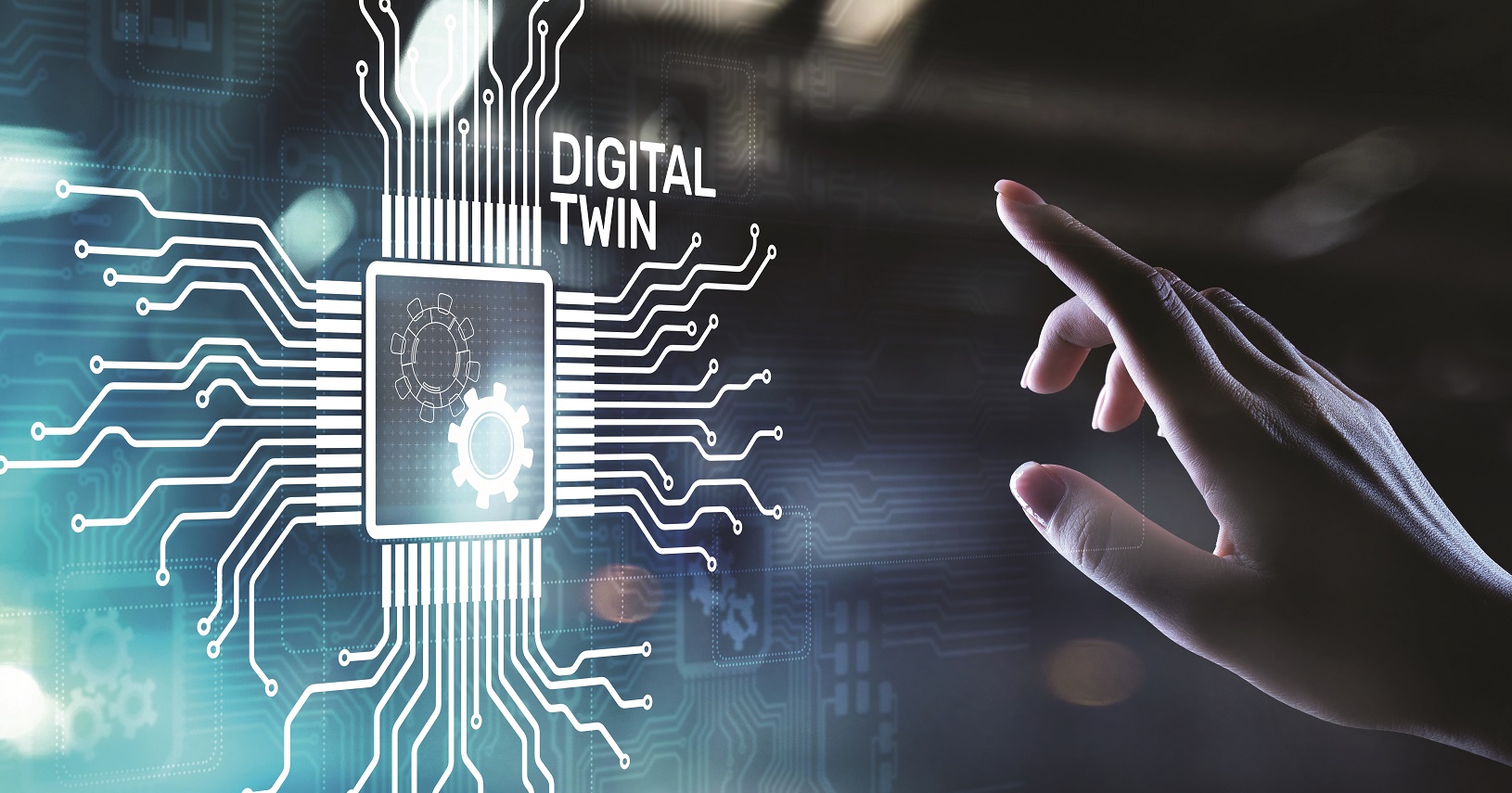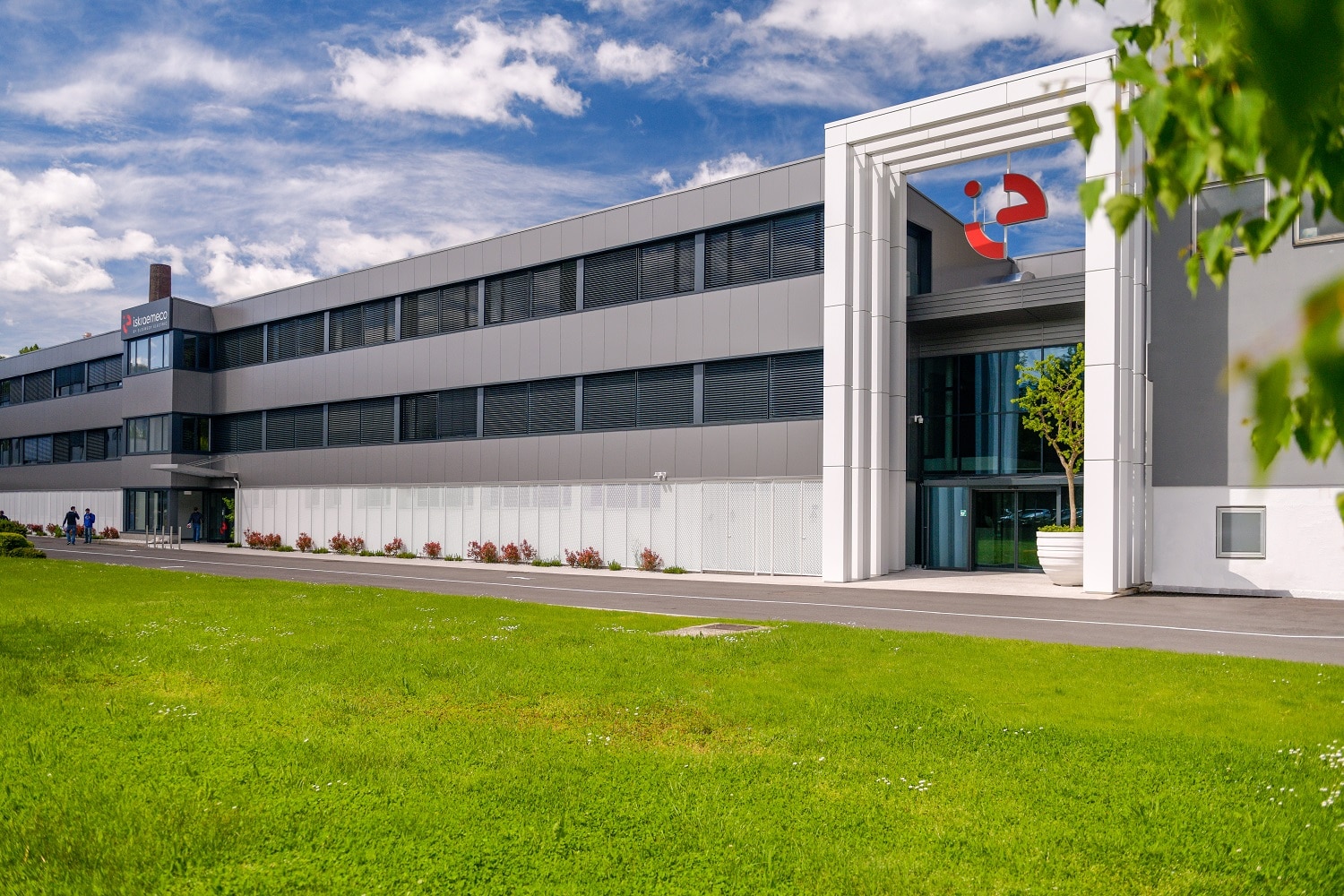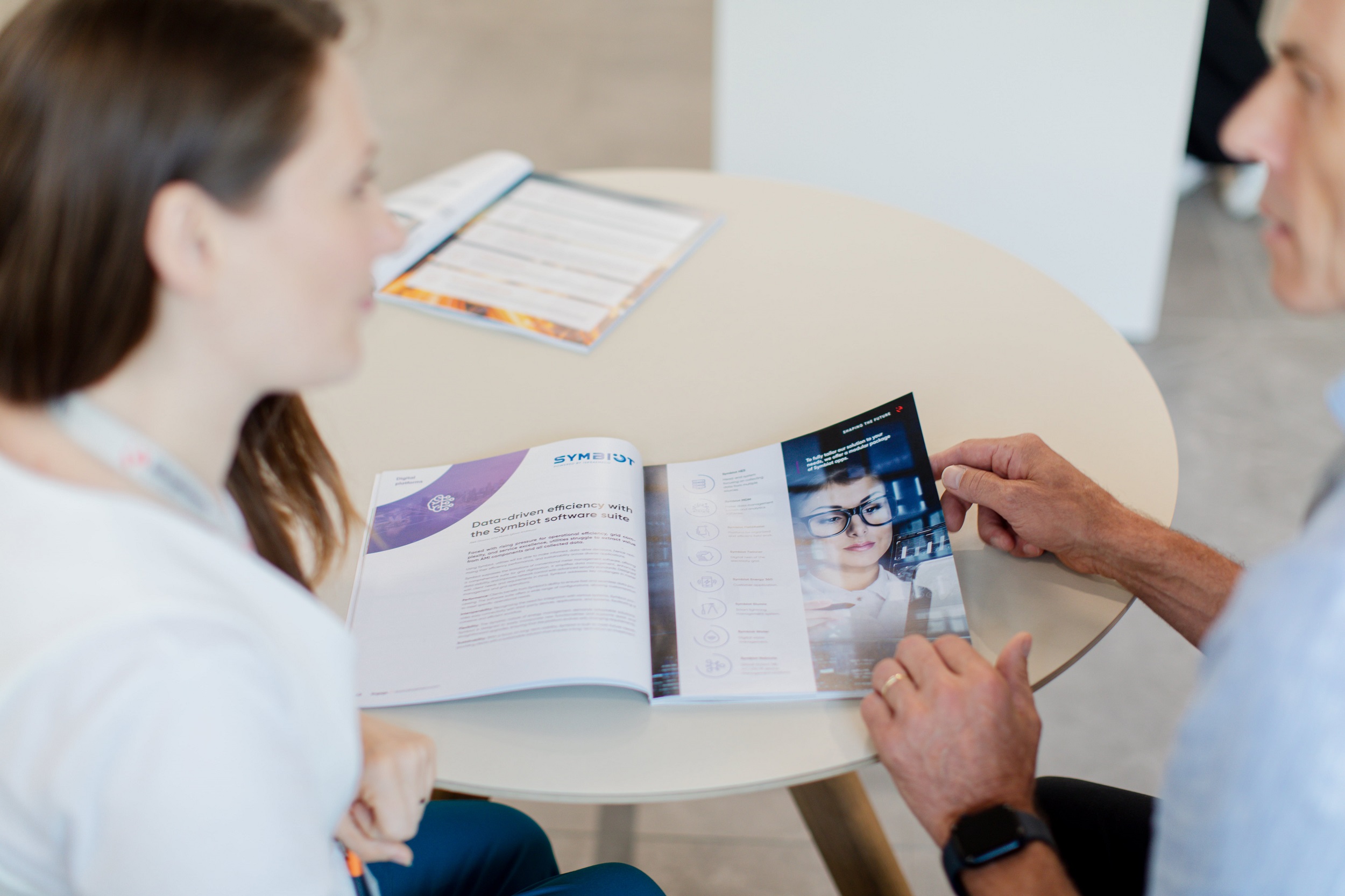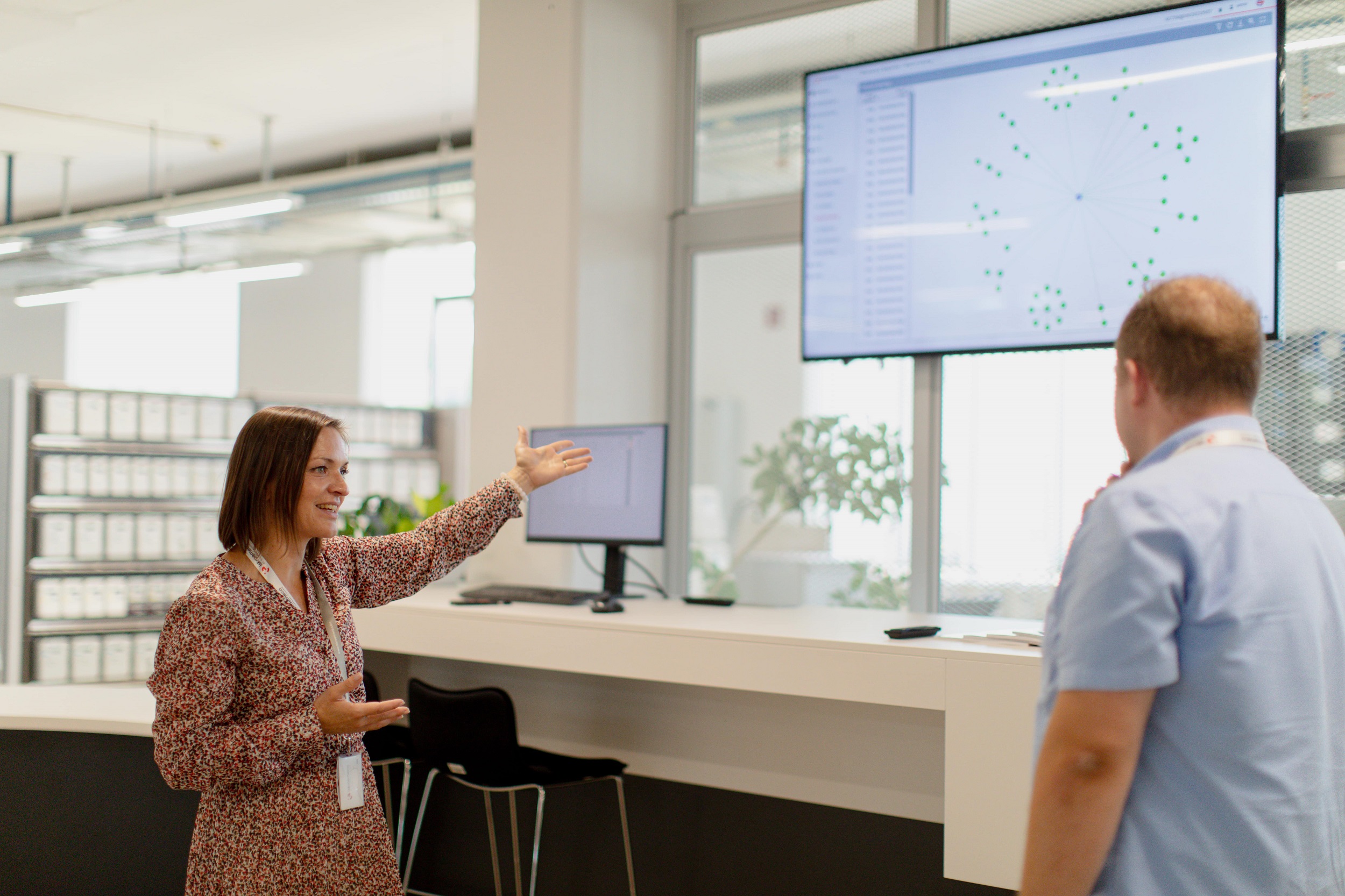DID YOU KNOW THAT EVERY ISKRAEMECO ELECTRICITY METER HAS A DIGITAL TWIN?
A digital twin is a digital representation of a physical object – in our case, an electricity meter. A new electricity meter is first created in digital form as a 3D model, electronic circuit schematics, or a PCB model. Such digital twins can be leveraged to perform any electrical or mechanical simulation. In product development, digital twins are used to help developers anticipate the outcome of a development cycle. R&D has been using 2D and 3D models in product design and development for years. In this respect, digital twins are the most appropriate upgrade of our current way of work. We are strengthening our competencies in the field of simulations enabled by state-of-the-art technologies. If used correctly, such simulations can predict the results of extensive testing in a very short period of time. This ensures more predictable development outcomes and reduces the time and cost of product development, while also improving product quality and manufacturability.
Digital twins can also be widely applied in the production sector as they enable visualisation of the existing manufacturing and logistics processes, including the representation of process times, buildup of WIP, use of energy sources and, most importantly, process bottlenecks. We use this information to design technical solutions, which are then tested on a digital twin to determine whether such a solution will effectively eliminate the bottleneck.
In addition to simulations, the tool also improves:
- visualisation of future processes – a 3D representation of a production line into which we can manually insert new workstations or robots to be integrated into the actual image of the manufacturing facility by laser scanning,
- efficiency of future processes – use of all energy sources, WIP stock data, and through-put of the planned production line, and
- logistic flows of the entire factory where the future production line is installed.
In short, digital twins promote efficient planning of improved manufacturing and logistics processes, which is the foundation of a ‘lean factory’, i.e. a factory with short transport routes, low WIP stock and high productivity. Since digital twins contain detailed data on products and processes, they are a major asset to the company and its employees. Digital twins allow process management and control, performance of work tasks and anticipation of improvements in the product development cycle to be done more easily, quickly and with fewer mistakes.






